I don’t have any math chops either. Seems like gravity is closer to the strong nuclear force than anything. If “electrogravitics” were a thing, you’d see cows floating in thunderstorms, and some fop in a powdered wig would have done experiments in it long ago, flipping over his pantaloons as he tried to row his little floating box.
You are using an out of date browser. It may not display this or other websites correctly.
You should upgrade or use an alternative browser.
You should upgrade or use an alternative browser.
Alcubierre Warp Drive starship IXS Enterprise
- Thread starter Triton
- Start date
royabulgaf
ACCESS: Top Secret
- Joined
- 29 December 2008
- Messages
- 678
- Reaction score
- 350
Justo, I don't want to see UranusSometimes scientists get stuck in a problem and have no choice but to use their creativity to imagine concepts that justify their theories, although they call it theoretical physics that sounds better.
In 1869 Dmitri Mendeleev had the 'inspiration' of creating a farsighted version of the periodic table of elements leaving gaps for some elements still unknown but of predictable properties. He was lucky and when they were discovered, between 1874 and 1886, he became a hero.
In 1930 Wolfgang Pauli 'invented' a particle called Neutrino as a desperate remedy to explain an incomprehensible phenomenon named Beta disintegration, knowing that perhaps its existence could never be experimentally proven. But he got lucky and the Neutrino was officially discovered in 1956.
In 1984 a physicist of the Berkeley University named Richard Mueller imagined the existence of Nemesis, a dark star orbiting at 16,000,000,000 kilometers around the Sun, to explain certain orbital alterations experienced by Uranus and Neptune. But so far, he has not had any luck.
At the beginning of the twentieth century, science became stuck again because the established paradigm of the Standard Model of Particle Physics was unable to explain the Dark Matter, the Dark Energy, the Gravitational Quantum State, and the Cosmological Constant phenomena. The theoretical physicists have been formulating models on the String Theory that are impossible to demonstrate because this would require amounts of energy that exceed the available technology.
Science or faith?
In 2018 Sabine Hossenfelder of the Frankfurt Institute for Advanced Studies, published the book ‘Lost in Math: How Beauty Leads Physics Astray’. Sabine argues that the theoretical physicists have lost the North. We have not seen a major breakthrough in the foundations of physics for more than four decades. Paucity of major advances in fundamental physics is partly due to an overemphasis on aesthetic criteria such as symmetry and mathematical beauty, in the face of their inability to overcome the new challenges posed to science.
In 1453, while the Turks shelled the walls of Constantinople with 1,054 mm heavy artillery, Byzantine theologians were debating the sex of angels instead of defending the fortress. They ended badly.
Science Fiction writers have 'solved' the issue by imagining a subspace driver using Faster Than Light (FTL) technology, something that violates Einstein's established paradigm. Everyone knows this is impossible, but my neural network by defect tells me it will finally be built by someone who did not know it... or we will stay here until the Sun freezes!
The FTL hypothesis starts out from the assumption that technological progress has no upper limit. But we must consider the possibility that the human mind be incapable of solving the problem. Nor can we lift a ton of weight, fly, run at 100 mph, breath underwater, or see Uranus, the heat, or the bacteria... but we have found a way to build machines that do it for us.
Maybe Artificial Intelligence will uncover the secrets of the FTL.
Interstellar travel will only stop being a utopia when the theoretical physicists became desperate to consider all the time lost in the face of a barrier that had been existing only in their own minds.
If they are unable to develop a new Physics, they will end up being replaced by an Artificial Intelligence that does not respect the established paradigm.
In that case, Artificial Intelligence could be used as a translation interface, many people drive vehicles without knowing anything about mechanics and use levers of all kinds without knowing who Archimedes was.Justo, I don't want to see UranusSometimes scientists get stuck in a problem and have no choice but to use their creativity to imagine concepts that justify their theories, although they call it theoretical physics that sounds better.
In 1869 Dmitri Mendeleev had the 'inspiration' of creating a farsighted version of the periodic table of elements leaving gaps for some elements still unknown but of predictable properties. He was lucky and when they were discovered, between 1874 and 1886, he became a hero.
In 1930 Wolfgang Pauli 'invented' a particle called Neutrino as a desperate remedy to explain an incomprehensible phenomenon named Beta disintegration, knowing that perhaps its existence could never be experimentally proven. But he got lucky and the Neutrino was officially discovered in 1956.
In 1984 a physicist of the Berkeley University named Richard Mueller imagined the existence of Nemesis, a dark star orbiting at 16,000,000,000 kilometers around the Sun, to explain certain orbital alterations experienced by Uranus and Neptune. But so far, he has not had any luck.
At the beginning of the twentieth century, science became stuck again because the established paradigm of the Standard Model of Particle Physics was unable to explain the Dark Matter, the Dark Energy, the Gravitational Quantum State, and the Cosmological Constant phenomena. The theoretical physicists have been formulating models on the String Theory that are impossible to demonstrate because this would require amounts of energy that exceed the available technology.
Science or faith?
In 2018 Sabine Hossenfelder of the Frankfurt Institute for Advanced Studies, published the book ‘Lost in Math: How Beauty Leads Physics Astray’. Sabine argues that the theoretical physicists have lost the North. We have not seen a major breakthrough in the foundations of physics for more than four decades. Paucity of major advances in fundamental physics is partly due to an overemphasis on aesthetic criteria such as symmetry and mathematical beauty, in the face of their inability to overcome the new challenges posed to science.
In 1453, while the Turks shelled the walls of Constantinople with 1,054 mm heavy artillery, Byzantine theologians were debating the sex of angels instead of defending the fortress. They ended badly.
Science Fiction writers have 'solved' the issue by imagining a subspace driver using Faster Than Light (FTL) technology, something that violates Einstein's established paradigm. Everyone knows this is impossible, but my neural network by defect tells me it will finally be built by someone who did not know it... or we will stay here until the Sun freezes!
The FTL hypothesis starts out from the assumption that technological progress has no upper limit. But we must consider the possibility that the human mind be incapable of solving the problem. Nor can we lift a ton of weight, fly, run at 100 mph, breath underwater, or see Uranus, the heat, or the bacteria... but we have found a way to build machines that do it for us.
Maybe Artificial Intelligence will uncover the secrets of the FTL.
Interstellar travel will only stop being a utopia when the theoretical physicists became desperate to consider all the time lost in the face of a barrier that had been existing only in their own minds.
If they are unable to develop a new Physics, they will end up being replaced by an Artificial Intelligence that does not respect the established paradigm.. Here's a thought. Maybe these problems are solvable, but we simply are not intelligent enough to solve them. We may build computers capable of solving this, but perjhaps we are not intelligent enough to even ask the right question? Take an analogy. You could spend a thousand lifetimes trying to teach dogs long division, but you never will be able to.
archipeppe
ACCESS: Top Secret
- Joined
- 18 October 2007
- Messages
- 2,435
- Reaction score
- 3,165
Warp bubble?
It seems....well not.
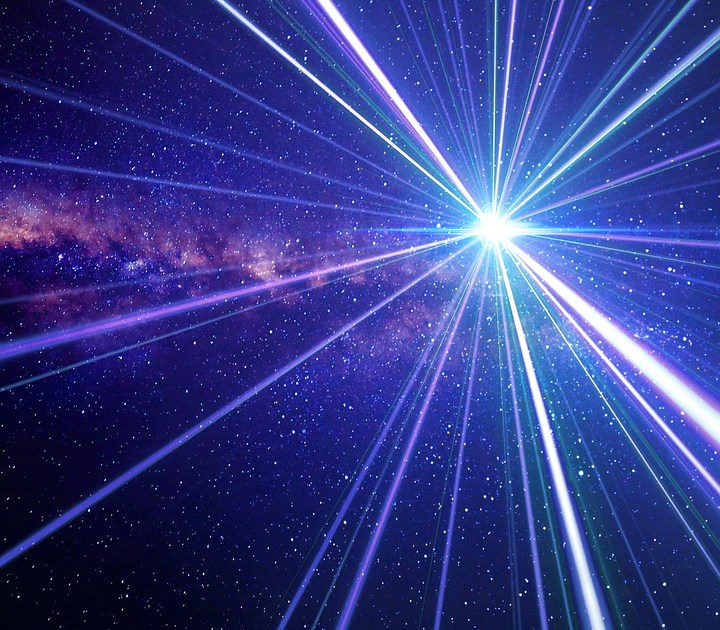
 bigthink.com
bigthink.com
It seems....well not.

I wrote the book on warp drive. No, we didn't accidentally create a warp bubble.
The same (former) NASA engineer who previously claimed to violate Newton's laws is now claiming to have made a warp bubble. He didn't.
A friend showed me in his technical training book where the Air Force said in the mid-80s that frequent static bursts on certain frequencies of a radio channel were caused by Starships using their Warp Drives in the outer Solar System... Then on the next page it states this is actually caused by sun spots 
Randy
Randy
- Joined
- 1 May 2007
- Messages
- 2,597
- Reaction score
- 1,967
As I understand it you don't have to go beyond C to get somewhere fast...time slows so much neat the speed of light.
But only for the people travelling. This is the 'Time Dilation' effect. A rough example, 'cos I'm not an expert in this, if you climb in your starship and travel at 0.9c ( nine tenths of the speed of light ) for a year, when you return you will find that many more years will have passed, than the one you spent onboard your ship . . . also while you have aged by a year, everyone else will have aged by many more years, and will now be much older than you are . . .
cheers,
Robin.
Nik
ACCESS: Top Secret
- Joined
- 15 July 2009
- Messages
- 1,269
- Reaction score
- 1,063
The 'Hubble Tension', where space 'old & far' seems to expand at too-many sigmas different rate to 'near & new', may have been solved. Cosmologist has noticed that may only take a whisker of oblateness in the expansion to square them...
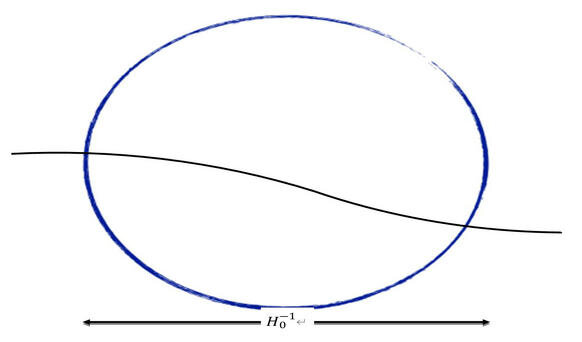
 phys.org
Or Cosmic rotation, perhaps ??
phys.org
Or Cosmic rotation, perhaps ??
I've been watching for 'Tele-Parallel' news, but nothing non-woo has shown up that doesn't need scary-serious math to even begin to grok...
IIRC, with several competing takes, though better than trad String Theory's zilliions, there's the issue that no-one has yet thought of a way to robustly challenge / falsify any of them with current or near-term tech. Bit like the early Solar Neutrino and Gravitational Wave hunts. Or, um, exo-planets...
FWIW, they're hunting magnetic monopoles again !!
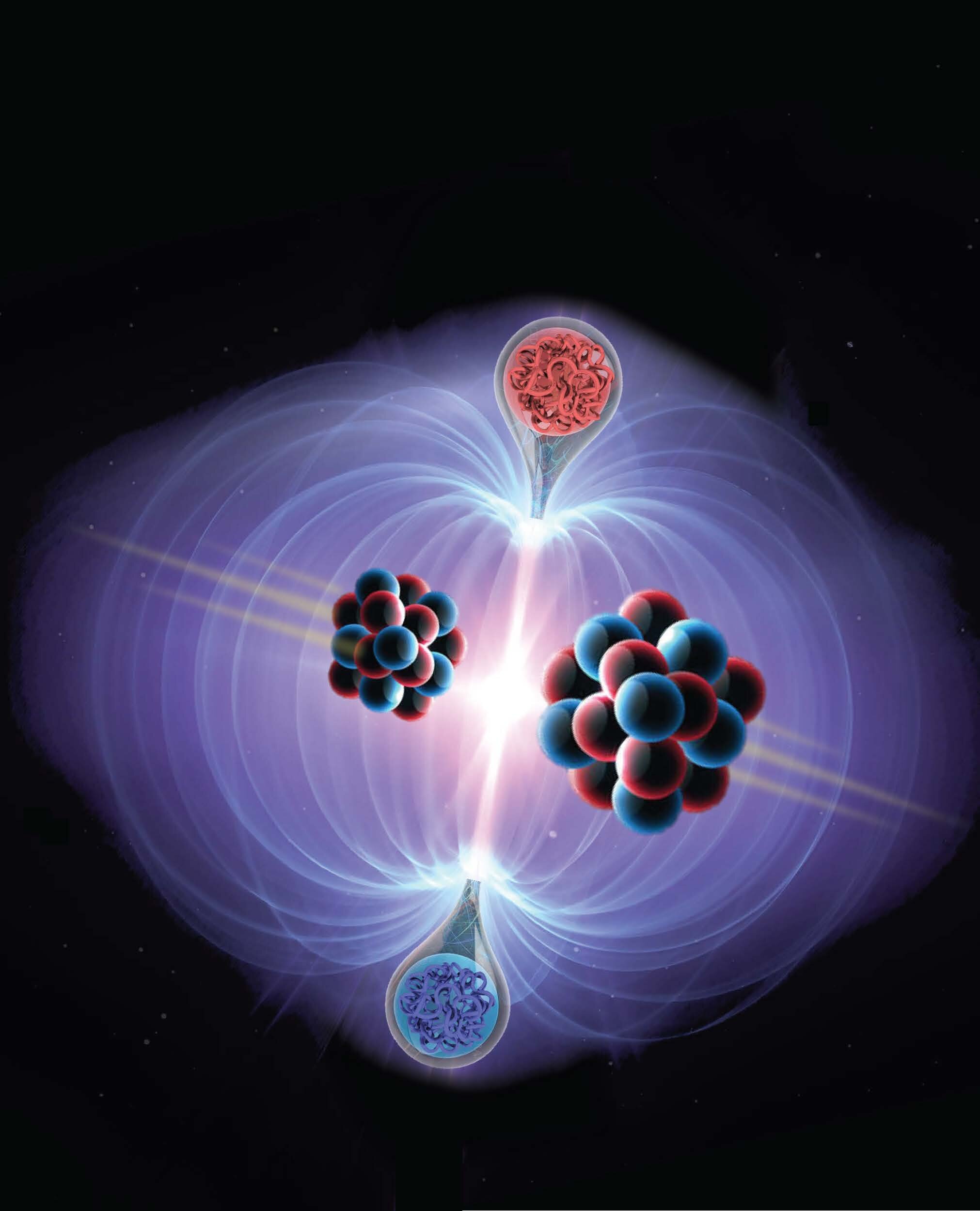
 phys.org
"With no signs of the signal, the researchers were able to exclude the existence of monopoles lighter than 75 GeV/c2, where c is the speed of light, for magnetic charges ranging from 1 to 3 base units of magnetic charge."
phys.org
"With no signs of the signal, the researchers were able to exclude the existence of monopoles lighter than 75 GeV/c2, where c is the speed of light, for magnetic charges ranging from 1 to 3 base units of magnetic charge."
Per hunt for 'Dark Matter', finding any will blow the lid off our best current models, extend them like Einstein did for Newton...
Likewise, there's something weird about the Muon, the electron's short-lived heavier cousin, whose electric and magnetic dipole moments sneer at attempts to predict them. Another case of 'too-many sigmas difference'. Either there's a subtle 'gotcha' in the math, or potentially new physics. Or both ??

Superhorizon modes can explain Hubble tension
A research team led by Dr. Prabhakar Tiwari from the National Astronomical Observatories of Chinese Academy of Sciences (NAOC) has found that superhorizon modes could explain the observed Hubble tension.
I've been watching for 'Tele-Parallel' news, but nothing non-woo has shown up that doesn't need scary-serious math to even begin to grok...
IIRC, with several competing takes, though better than trad String Theory's zilliions, there's the issue that no-one has yet thought of a way to robustly challenge / falsify any of them with current or near-term tech. Bit like the early Solar Neutrino and Gravitational Wave hunts. Or, um, exo-planets...
FWIW, they're hunting magnetic monopoles again !!

Harnessing strongest magnetic fields in universe could reveal elusive particle
Finding an elusive elementary particle is more viable than ever after an international team of scientists conducted the first experiment to explore magnetic monopoles using the Large Hadron Collider.
Per hunt for 'Dark Matter', finding any will blow the lid off our best current models, extend them like Einstein did for Newton...
Likewise, there's something weird about the Muon, the electron's short-lived heavier cousin, whose electric and magnetic dipole moments sneer at attempts to predict them. Another case of 'too-many sigmas difference'. Either there's a subtle 'gotcha' in the math, or potentially new physics. Or both ??
Deltafan
ACCESS: Top Secret
- Joined
- 8 May 2006
- Messages
- 1,699
- Reaction score
- 2,322
Chance Glenn, Maybe a name that the future will remember, or not...
Rhinocrates
ACCESS: Top Secret
- Joined
- 26 September 2006
- Messages
- 3,058
- Reaction score
- 7,805
I get pretty warped on ethanol.
- Joined
- 21 January 2015
- Messages
- 12,166
- Reaction score
- 16,389
New video from Cool Worlds -What’s Stopping Us From Building A Warp Drive:
View: https://youtu.be/SBBWJ_c8piM
Scott Kenny
ACCESS: USAP
- Joined
- 15 May 2023
- Messages
- 11,686
- Reaction score
- 14,400
At 0.707cee, the subjective time to the travelers equals the lightyear distance. A 13ly trip at 0.707cee only takes 13 years by crew subjective time.As I understand it you don't have to go beyond C to get somewhere fast...time slows so much near the speed of light.
Of course, getting up to 0.707cee is a different story.
Maybe wormholes are real after all
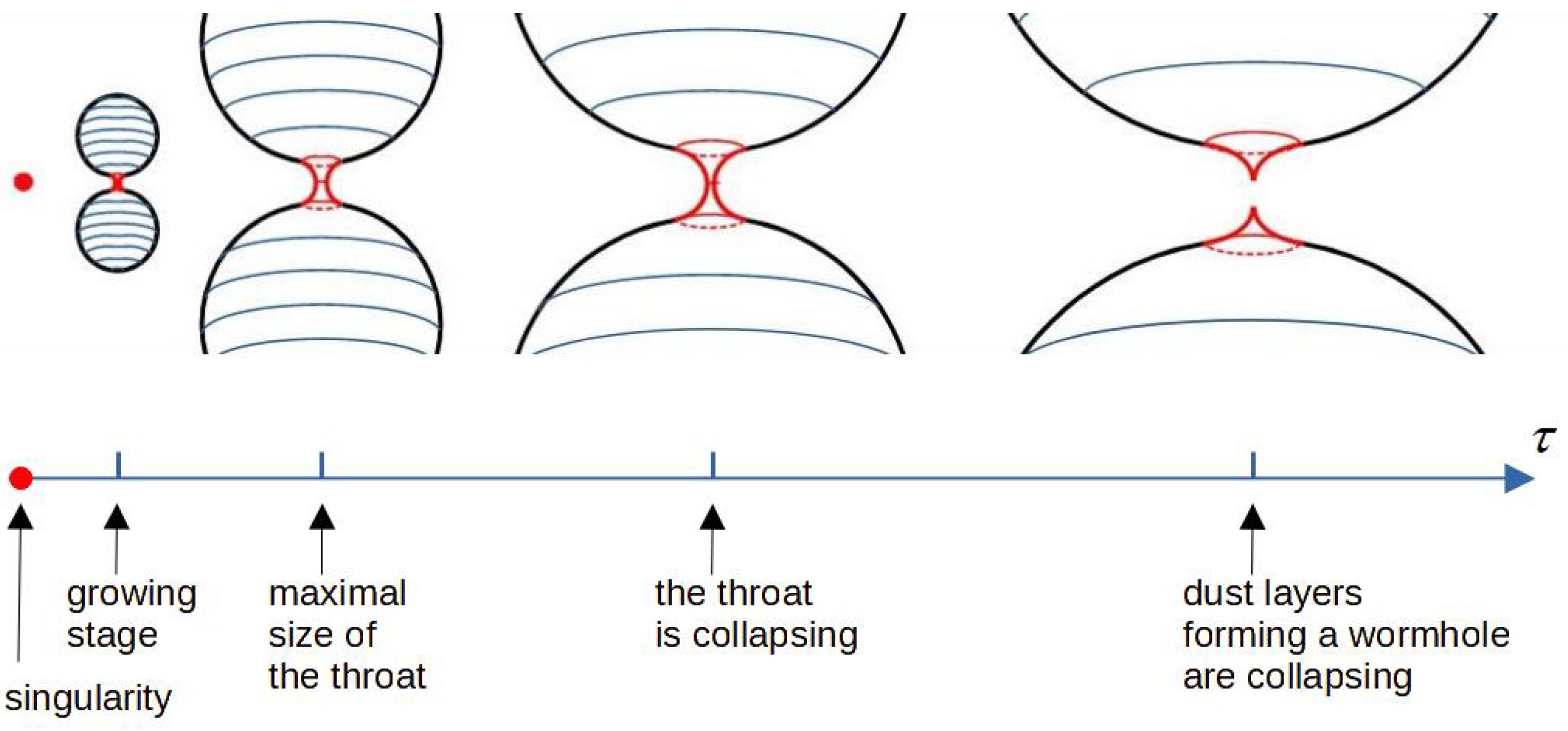
 phys.org
phys.org

Astrophysicists offer theoretical proof of traversable wormholes in the expanding universe
The expansion of the universe at some stage of evolution is well described by the Friedmann model. It was derived from general relativity a hundred years ago, but it is still considered one of the most important and relevant cosmological models.
Rhinocrates
ACCESS: Top Secret
- Joined
- 26 September 2006
- Messages
- 3,058
- Reaction score
- 7,805
On overview.
 www.goincrediblyfast.com
www.goincrediblyfast.com
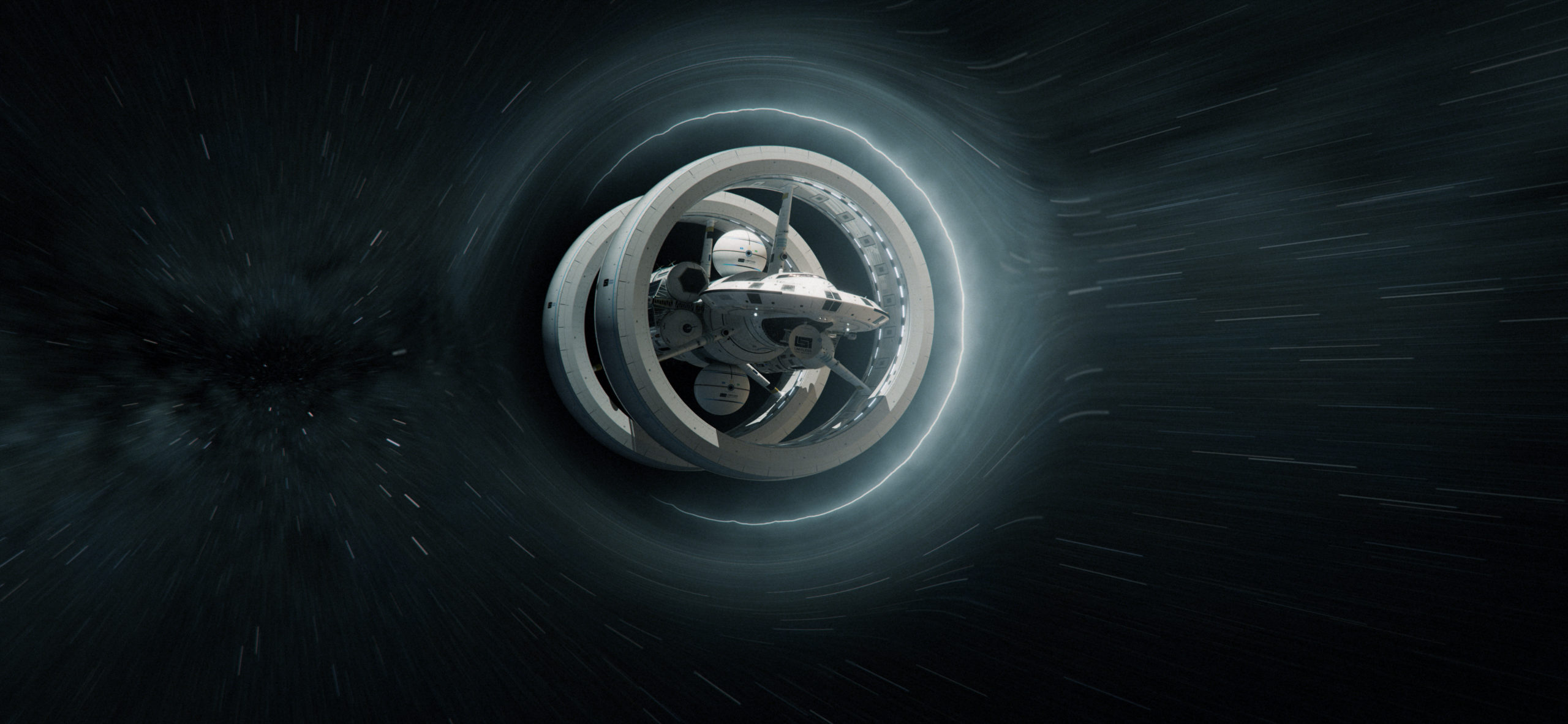
And a nice animation.
View: https://www.youtube.com/watch?v=RiJFo-kaJBQ&t=5s
Doesn't refute https://www.secretprojects.co.uk/th...ive-starship-ixs-enterprise.22236/post-613473 of course but it looks pretty.
HOME | Go Inc Fast

And a nice animation.
Doesn't refute https://www.secretprojects.co.uk/th...ive-starship-ixs-enterprise.22236/post-613473 of course but it looks pretty.
topspeed3
ACCESS: Secret
- Joined
- 31 January 2011
- Messages
- 329
- Reaction score
- 116
That is the next step.At 0.707cee, the subjective time to the travelers equals the lightyear distance. A 13ly trip at 0.707cee only takes 13 years by crew subjective time.
Of course, getting up to 0.707cee is a different story.
Scott Kenny
ACCESS: USAP
- Joined
- 15 May 2023
- Messages
- 11,686
- Reaction score
- 14,400
Still means the people back on earth see however long the actual trip time is. It's just the passengers on the lighthugger that get the advantage of shortened subjective time.That is the next step.
Nik
ACCESS: Top Secret
- Joined
- 15 July 2009
- Messages
- 1,269
- Reaction score
- 1,063
Somewhat Off-Topic, but, exasperated by the problems with 'practicable' Alcubierre Drives --Their outrageous energy budget plus assembly using oodles of 'Unobtanium'-- that I, perforce, cheated.
In my 'Convention' tales, their FTL uses a 'Double Bubble', such that ship efficiently rides along within a 'Limaçon of Pascal'...

In my 'Convention' tales, their FTL uses a 'Double Bubble', such that ship efficiently rides along within a 'Limaçon of Pascal'...
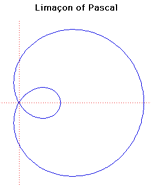
- Joined
- 21 January 2015
- Messages
- 12,166
- Reaction score
- 16,389
Here is the paper she is talking about:
The subluminal version:

 phys.org
In this new study, the team has built a model that draws similar conclusions, but without the need for negative, or any other types of exotic energy.
phys.org
In this new study, the team has built a model that draws similar conclusions, but without the need for negative, or any other types of exotic energy.
The team blends both new and traditional physics techniques based on gravity to describe the creation of a warp bubble around an object, allowing it to travel at speeds that are far beyond those that have been proposed to date—though, not at or above the speed of light.
The engine behind the technology, the researchers suggest, would involve combining a shell made of stable matter with a "shift vector distribution" similar in design to that described by Alcubierre.
They further suggest such an engine could allow for speeds near the speed of light.
The subluminal version:

Model suggests subluminal warp drives may be possible
A team of physicists from the University of Alabama in Huntsville and the Advanced Propulsion Laboratory at Applied Physics, in New York, has developed a model that shows it might be possible to create a subluminal warp drive.
The team blends both new and traditional physics techniques based on gravity to describe the creation of a warp bubble around an object, allowing it to travel at speeds that are far beyond those that have been proposed to date—though, not at or above the speed of light.
The engine behind the technology, the researchers suggest, would involve combining a shell made of stable matter with a "shift vector distribution" similar in design to that described by Alcubierre.
They further suggest such an engine could allow for speeds near the speed of light.
Similar threads
-
-
-
Panzerkampfwagen IX and Panzerkampfwagen X
- Started by Triton
- Replies: 0
-
-
